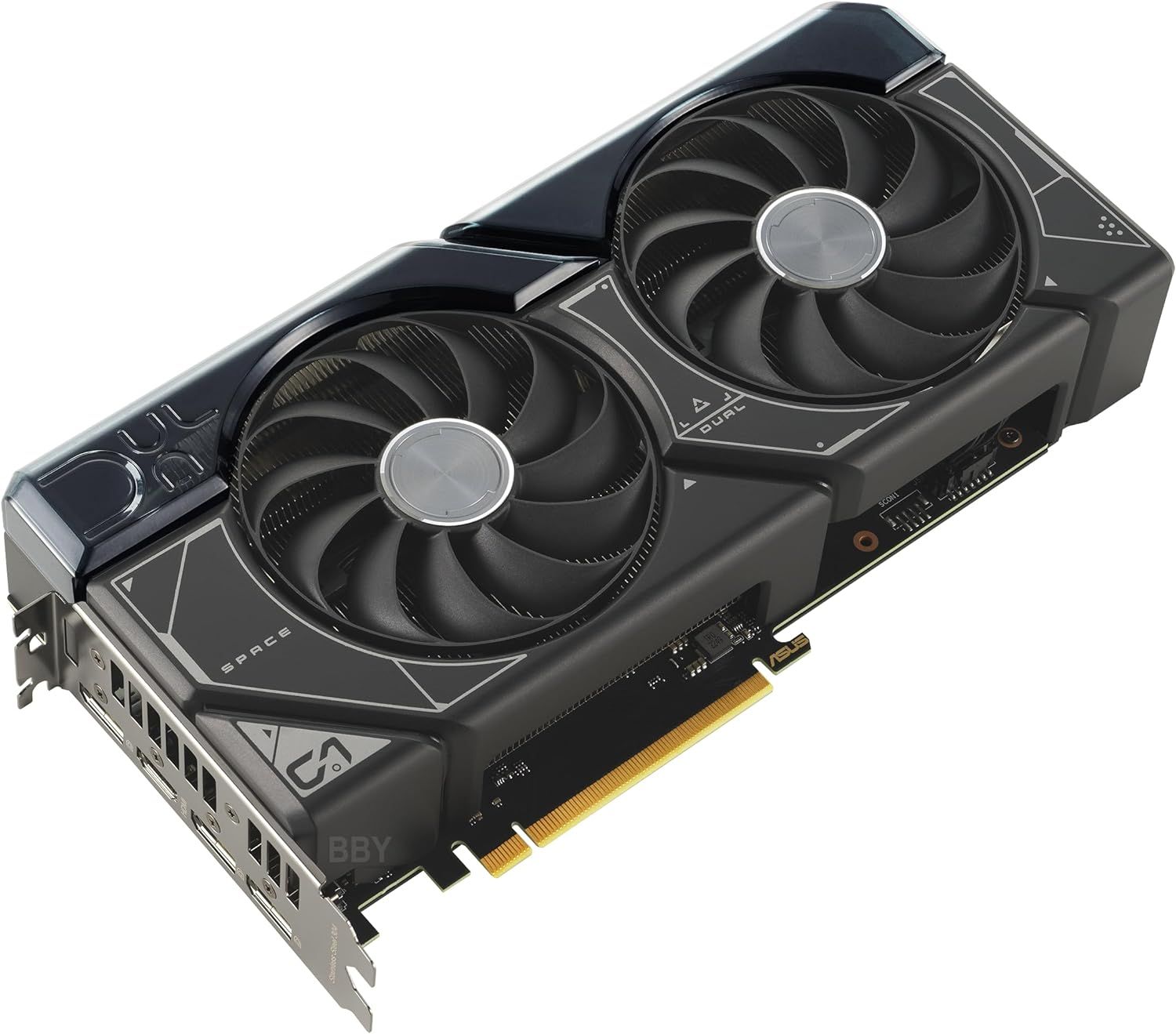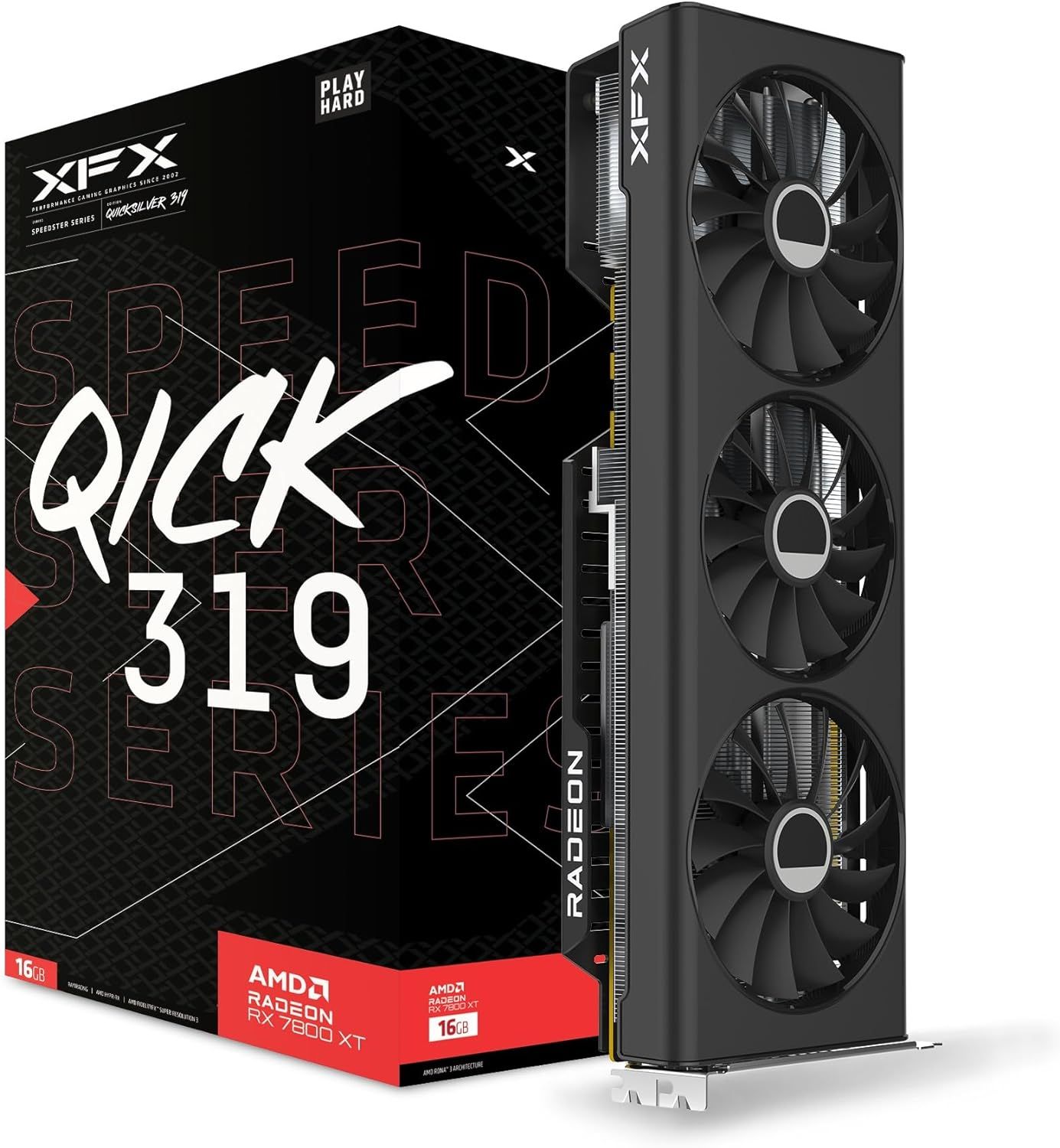Pitting Nvidia against AMD when it comes to GPU comparison is essentially looking at a perpetual cycle of breakthroughs, software-based enhancements, and massive gains, thanks to the rival chip designers' constant attempts to gain the upper hand during the last few decades. This has resulted in an impressive amount of technology harnessed, refined, and supplemented across multiple platforms such as consoles, mobile devices, desktops, and servers in different shapes, sizes, and performance tiers.
Nvidia Versus AMD In 2024
Nvidia started 2024 with a large paradigm shift that addressed most consumer criticism regarding its pricing of the RTX 4000 series GPUs. It launched 3 GPUs in quick succession, the RTX 4070 SUPER, the RTX 4070 TI Super, and the RTX 4080 SUPER. All of these replace existing RTX 4000 series GPUs at various price points, with the RTX 4080 seeing a large price cut when it came to the RTX 4080 SUPER. Likewise, the RTX 4070 seems to be here for the foreseeable future, albeit at a lower $550 price tag rather than the $600 the RTX 4070 SUPER currently commands.
While AMD has not directly responded in this space with newer entries in 2024, it has opted for price cuts to keep its own RX 7000 series GPUs more competitive in terms of price-to-performance ratios this year. It has opted for a broader salvo at the lower end with the release of its Ryzen 8000G APUs, a space where Nvidia has no x86-based competition, and increased competition at the lower end with GPUs like a 16GB VRAM-based RX 7600XT.
The team at Game ZXC has dedicated guides covering each newly released product line, helping users pick the best possible options within the mid-range and high-end markets Nvidia caters to:
- The Mid-Range RTX 4070 SUPER offers considerably better performance than its predecessor, the RTX 4070 (which also sees a $50 price cut as a result). It offers a higher CUDA core count, a higher base clock, and the same price point as its now-discounted sibling, making it a no-brainer for gamers looking for a GPU listed at less than around $600-750 in 2024.
- The High-End RTX 4070 Ti SUPER offers a bump in VRAM to 16GB, with a matching bitrate jump to 256 bits from the 192 bits the RTX 4070 TI currently offers. It also throws in a bump in CUDA core count as well as a higher base clock, making it a great replacement with a moderate performance gain in tow for users looking for a price below $800-950 for their GPU in 2024.
- The Enthusiast-Grade RTX 4080 SUPER offers a higher CUDA count than the RTX 4080 while offering a significant $200 price cut that most users and reviewers previously felt was necessary to differentiate it from the RTX 4090. This, coupled with a sizable base and boost clock increase on the FE units, make it a compelling GPU upgrade in 2024 for users looking to spend between $1000-1500 on a unit.
The team at Game ZXC also covered the launch of AMD's Ryzen 8000G series APUs, the octa-core Ryzen 7 8700G, and the more budget-centric Ryzen 5 8600G's gaming prowess.
Nvidia Versus AMD: Which One Is Better Overall For Performance
Nvidia vs AMD can be considered a somewhat David vs Goliath affair of late as Team Green outsells its competition considerably when considering desktop GPUs. This is because Nvidia conclusively has the fastest GPU offerings in the market for a considerable amount of time while maintaining a significant efficiency edge in terms of power draw. That situation has not changed in 2024, with Nvidia's SUPER lineup only cementing its lead further. Both Nvidia and AMD do offer high-end GPUs, but their flagship models cater to different performance classes.
The Highest-End Nvidia & AMD GPUs Money Can Buy
-
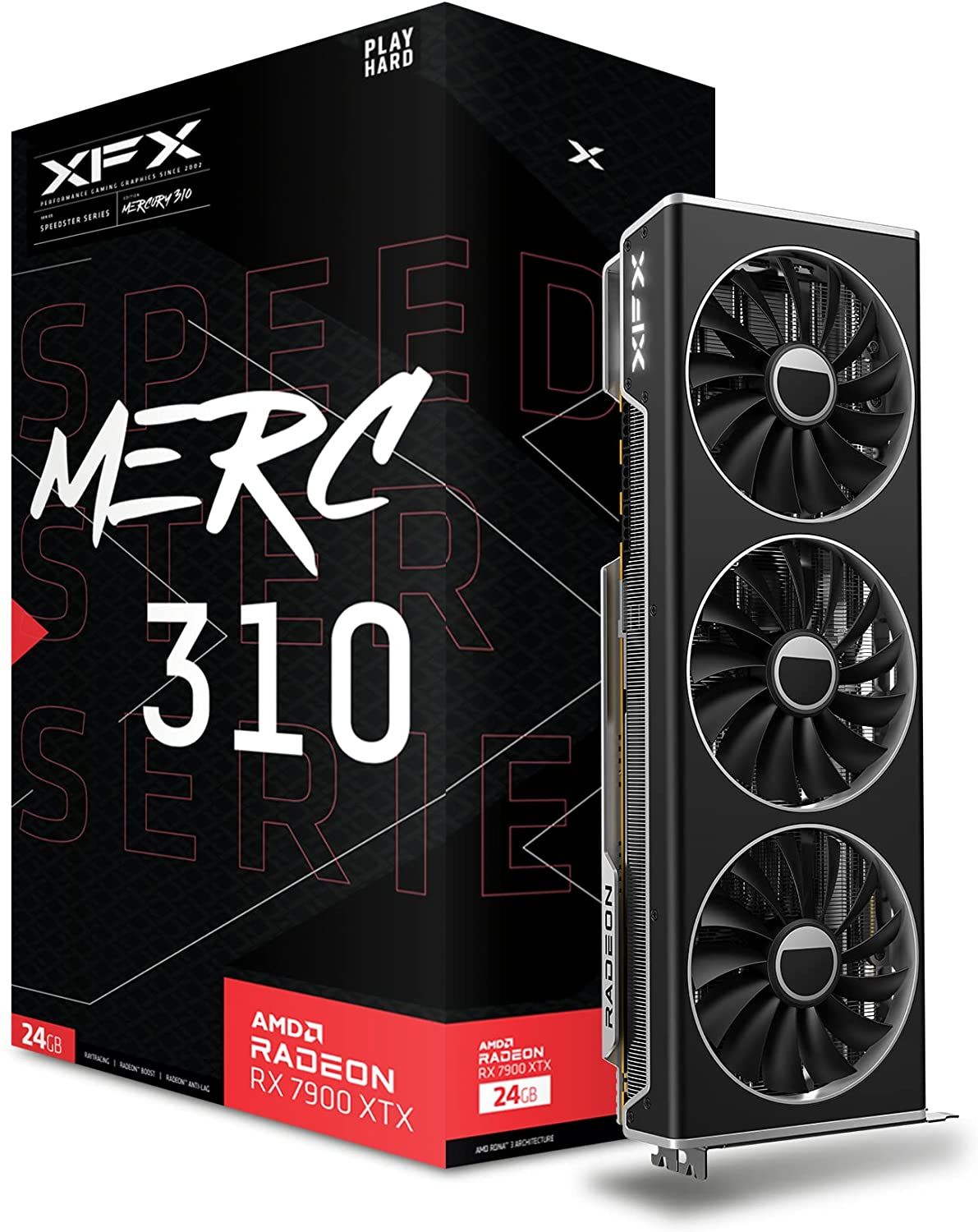
XFX Speedster MERC310 AMD Radeon RX 7900XTX Black 24G
$926 $1000 Save $74AMD's Flagship RX 7900XTX is a behemoth that trades blows with Nvidia's RTX 4080 and sometimes the RTX 4090 and regularly comes out ahead versus the former.
With 24GB of GDDR6X memory and the latest in connectivity thanks to support for Displayport 2.1 backed by one of the best cooling designs we have seen on a GPU, the XFX Speedster MERC310 AMD Radeon RX 7900XTX Black 24G is a force to be reckoned with.
It is a marked improvement on everything that makes the 7900XTX such a potent performer, but better and faster than the stock unit. -
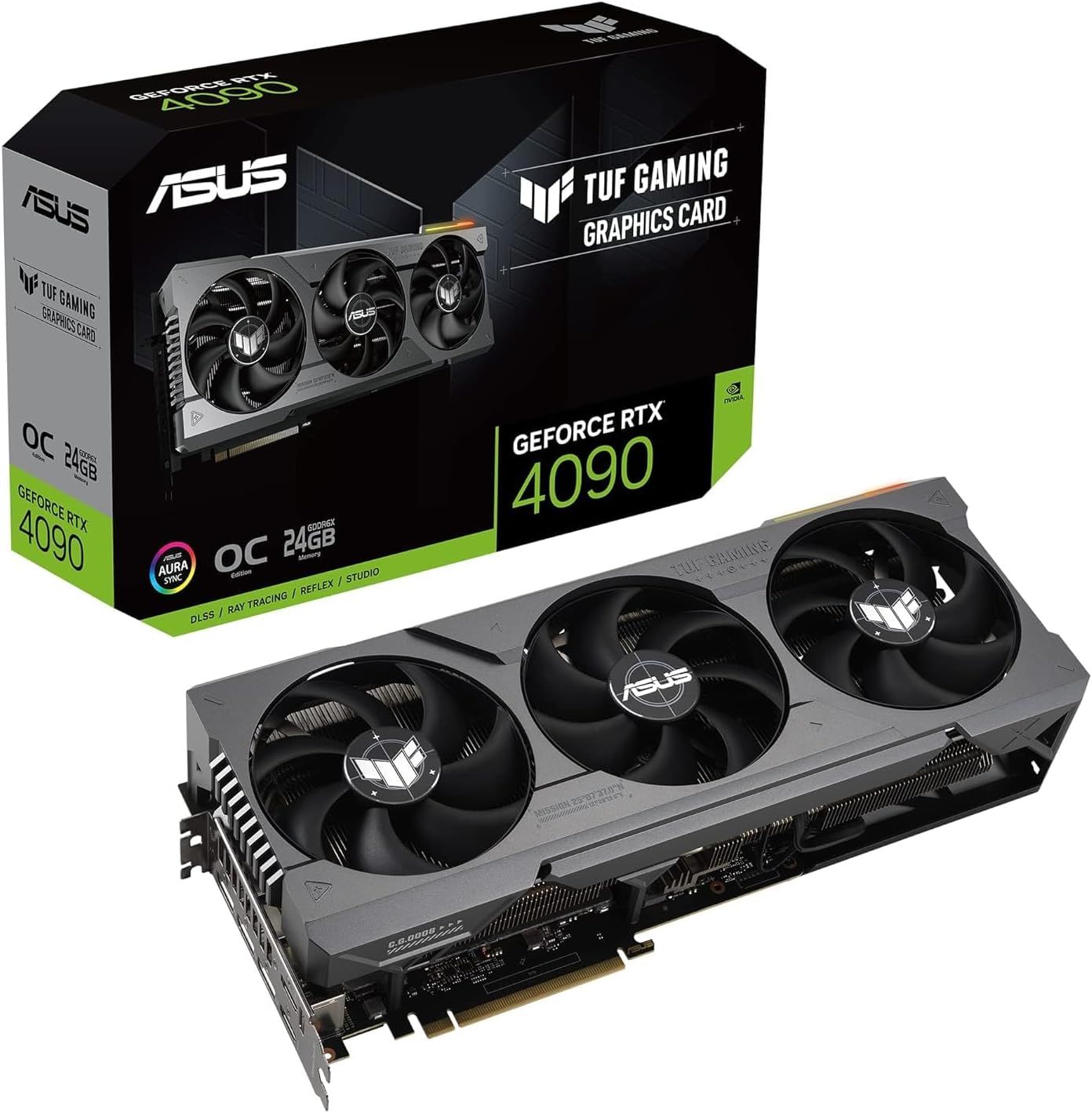
ASUS TUF GeForce RTX® 4090 OC Edition
$1800 $2000 Save $200The ASUS TUF GeForce RTX 4090 OC Edition is a premium RTX 4090 SKU that offers some of the best vapor chamber cooling on offer in the industry coupled with industry-grade electronics to ensure a highly overclockable RTX 4090 GPU that delivers on both the performance and reliability counts for end-users.
Currently, the highest-end GPUs that money can buy are the Geforce RTX 4090 from Nvidia and the Radeon RX 7900XTX from AMD. Because of how AMD and Nvidia approached the current generation, Nvidia's RTX 4090 has no effective competitor in both performance weight class and at its relatively high price point. As a result, users don't have a comparable AMD GPU option that can go neck and neck with the RTX 4090 this generation. The $999 MSRP RX 7900XTX competes directly with the newer RTX 4080 SUPER series GPUs at best, often getting the short end of the stick when it comes to most gaming and productivity benchmarks as a result.
The Nvidia Geforce RTX 4090: Power Unmatched, Unbridled
The Nvidia RTX 4090 currently happens to be by far the fastest consumer-grade GPU by a considerable margin as it employs 24GB of GDDR6X memory backed by the AD102 graphics processor from Nvidia that features a transistor count of 76.3 billion. The ASUS TUF OC linked above happens to be one of the fastest available RTX 4090 variants that currently exist with an excellent vapor chamber, high overclockability, and power delivery in tow. With a max power draw rating of 600W, it consumes considerably less, clocking in about 450W of power draw when running at full capacity.
The AMD Radeon RX 7900XTX: Value High-End Power With A Caveat
The AMD RX 7900XTX is AMD's finest GPU on offer currently with 24GB of GDDR6 memory paired with its Navi 31 graphics processor as part of its RDNA 3.0 push, which consists of 57.7 billion transistors on offer. While it isn't a direct competitor to the RTX 4090 by any measure, it happens to be the highest-end AMD GPU with real-world performance that sits somewhere close to the RTX 4080 SUPER. The XFX Speedster MERC310 variant is a third-party offering that outdoes the stock offering considerably, implementing a better vapor chamber, higher boost clocks, and throwing in considerably much better build quality into the mix.
Nvidia RTX 4090 vs AMD RX 7900 XTX: How Do They Stack?
In terms of raw power, the RTX 4090 as mentioned earlier has no peer currently in the market, with Intel focusing on mid-range GPUs with its first generation ARC GPUs and AMD stating that they felt that demand for the RTX 4090-esque GPUs might not be up to par, given the power and costs of manufacturing associated with Team Red choosing to go for more value for money than competing outright for a performance crown in an industry it finds itself a consistent underdog in a 2 horse race at the high-performance spectrum.
When you compare the AMD RX 7900XTX with its price point equivalent, the RTX 4080, its price advantage is nothing to scoff at, with a $200 advantage over Nvidia's performance equivalent. While the RTX 4080 wins more than it loses when it comes to benchmarks versus the RX 7900XTX, it also trades at a significant premium while doing so making AMD's sub $1k price offering an excellent product placed between Nvidia's $1200 RTX 4080 and sub-$800 RTX 4070TI GPUs with more memory on offer than either product.
This, however, is a point that could be dated as best. Nvidia's RTX 4080 SUPER launch sees it push its RTX 4080 SUPER GPUs at a lower, much more competitive $1000 price tag. AMD has been forced to respond with a series of soft price cuts, as availability from Nvidia's end has significantly improved over the past few months.
This is not a phenomenon limited to the RX 7900XTX, however. Other AMD GPUs competing in the mid-range segment, such as the Radeon RX 7800XT and the 7900 GRE and 7900 XT, have also seen soft price cuts that could very well morph into more permanent ones in the future.
Nvidia Versus AMD: Budget Constraints Beckon
With Team Green arguably ahead when it comes to raw power and efficiency for gaming and other tasks, AMD chooses to fight its battles by concentrating on value for money for the end user in a bid to hold onto its market share. Its value proposition might have been the key factor in it locking in the APUs that currently power both current generation consoles battling it out for your living room gaming console slot; The Sony PlayStation 5 and the Xbox Series S & X offerings are both powered by custom AMD silicon that is based on last generation RDNA 2 GPU tech from AMD, making it present in more hardware near you than one might originally consider.
Our Best Budget GPU Picks From AMD & Nvidia
AMD: Value For Money This Generation?
There is no denying that when AMD is at its best, it delivers considerably better value and performance at the price points it does compete at with the RX 6000 series being a prime example. That being said, it seems AMD is as much part of the problem as the solution this generation with the RX 7900XT and the 7900XTX both priced in a way that complements Nvidia's highly criticized pricing for the RTX 4000 series.
This could partially be due to AMD taking a similar read as Nvidia from a generation of GPUs that comes at the heels of a crypto-mining boom-bust cycle that has seen the used GPU market flooded with hundreds of thousands of GPUs in various retail markets as miners retired their operations and tried to salvage what they could from retail consumers.
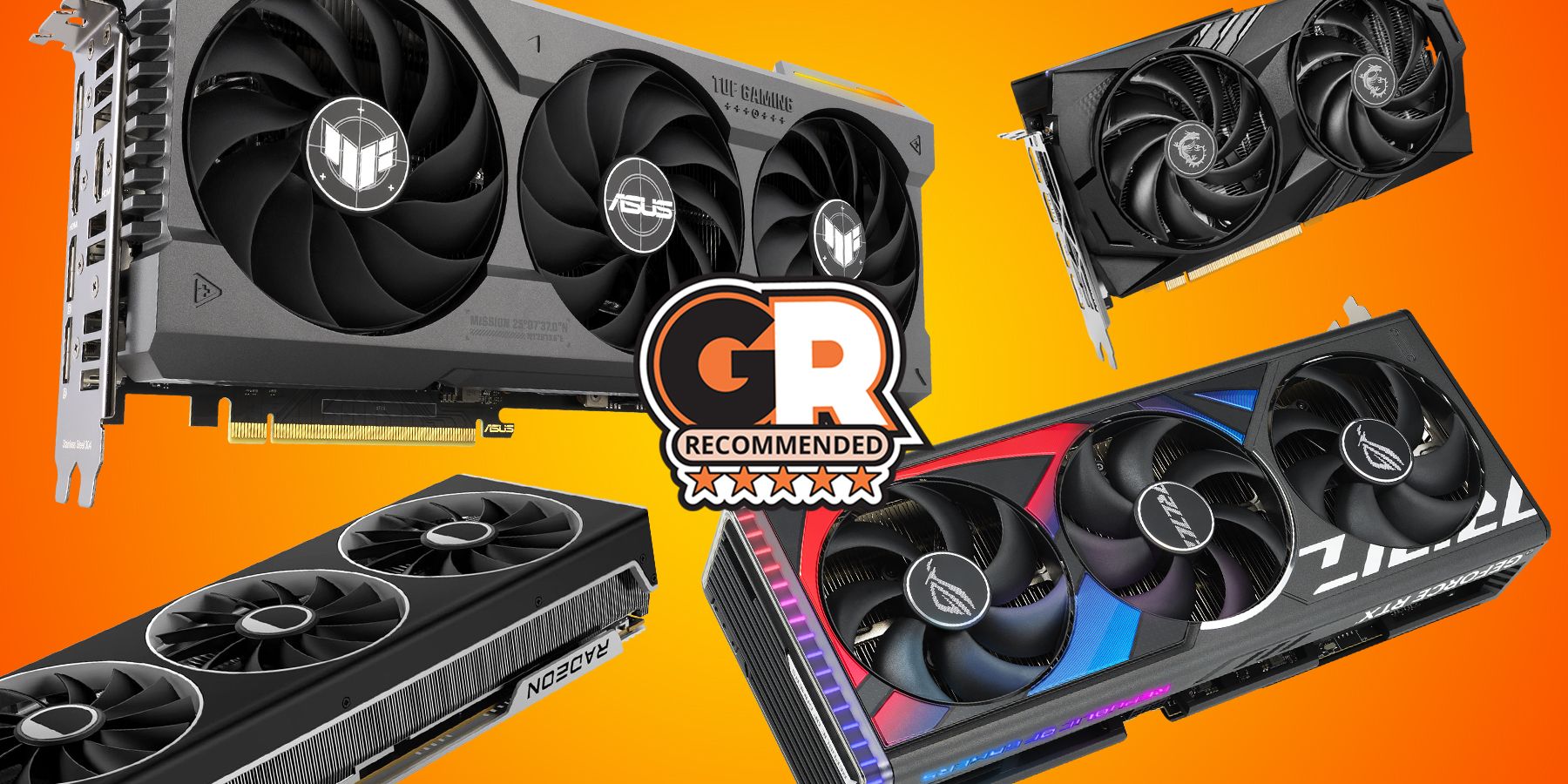
The Best GPUs For Gaming On The AMD Ryzen 7800X3D
AMD Ryzen 7800X3D Is the fastest gaming CPU on offer for gamers to date. Here are some of the best GPUs that you can pair to get the most out of it.
This means that both Nvidia and AMD are waiting for their last-generation GPUs to clear markets before pushing more mid-range GPUs at better prices. This should help prevent retailers and AIB partners from bearing the brunt of a market that is currently over-supplied with Nvidia staggering the launch of its RTX 4060TI and RTX 4060, both of which are being criticized heavily for their pricing and performance as they come as minor upgrades to their last generation predecessors.
At the same time, there is no denying that AMD's last RX 6000 series has been (and continues to be) excellent value for money, even more so as a result of the flood of used GPUs with users able to pick up a decent 1080P or 1440P experience with all the bells and whistles for as low as $350 at times. Nvidia's older RTX 3000-based offerings are still somewhat higher-priced than AMD's.
Nvidia Versus AMD: Gaming Considerations
When comparing Nvidia and AMD's GPUs for gaming, a lot can be said about driver updates, optimization, and the underlying tech such as DLSS3/3.5 and FSR2.0/3.0 which tend to push us in a particular direction as Nvidia's considerable lead is justified more often than not thanks to its superior software stack and Ray Tracing offerings.
Ray Tracing
Nvidia's RTX 4000 series implements its 3rd generation Ray Tracing cores which also happen to be the fastest Ray Tracing experience to date. With Nvidia pushing more authentic real-time Ray Tracing implementations like its Path Tracing SDK in a bid to justify its larger RTX 4080 and 4090 GPUs for enthusiast gamers, we already see implementations in titles such as CyberPunk 2077 that offer visual fidelity that AMD, which is still playing catch up in this domain struggles to match.
While AMD has come a long way since its RX 5000 series received software updates via its drive overhaul to do basic Ray tracing, it does still currently behave as a poor man's Ray Tracing-supporting GPU with a considerable performance overhead when you turn up the settings in the RX 6000 and RX 7000 series offerings do fare better but still have some serious catching up to do when it comes to Nvidia's lead currently.
Upscaling Performance: FSR vs DLSS
Another front where Nvidia leads considerably is the upscaling tech used to allow lower-end GPUs to render games at playable frames using its own Deep Learning Super Sampling (DLSS) tech versus AMD's FSR 3 which has seen a significant overhaul since its previous version. The same tech is used to power Ray Traced experiences in modern games at resolutions where playability would otherwise be an issue.
Nvidia's latest DLSS 3.0/3.5 offerings tend to make a compelling case for performance upgrades on existing GPUs including the RTX 2000 and 3000 series, but the real winner is the RTX 4000 series which sees much higher performance uplift. This is partially due to how Nvidia implements its Frame-gen tech, utilizing the newer Ada Lovelace core more effectively than last-generation GPUs which offer significantly better optical flow acceleration at a hardware level than their predecessors.

The Best NVIDIA GPUs To Buy in 2024
Anyone building their own rig will want to consider these NVIDIA GPUs.
AMD's upscaling tech is known as FidelityFX Super Resolution (FSR) and currently is available as version 2.2 with a promised 3.0 release later in 2023. While it is a huge step up from the first iteration from AMD (1.0), a lot of titles currently use the latter thanks to their development cycles starting a lot earlier, making support for 2.0/2.1/2.2 a somewhat tricky affair with Nvidia's more hands-on approach (Minecraft With RTX, Portal With RTX) further driving a bigger wedge in terms of performance for some titles.
That being said, AMD's FSR implementation is open source and a standard we expect to see pushed on more platforms including consoles and handhelds; both high-end living room consoles and current handhelds (Steam Deck & ROG Ally) run custom AMD silicon currently. FSR works with AMD, Nvidia, and Intel GPUs currently unlike DLSS which has a more proprietary approach, running only on Nvidia's RTX GPUs. This means that more titles might support FSR as the technology continues to mature over time.
Rasterization Performance & Driver Updates
Rasterization is an area where the raw performance of a GPU tends to matter more coupled with its driver updates on offer. It is this area where AMD shines thanks to its GPUs having power under the hood much like Nvidia's even as subsequent updates make an increasing amount of difference. The key difference is perhaps that of perspective as much as reality with Nvidia's drivers considered more polished and more 'game ready' the same moniker it uses for the releases than AMD's own, less intermittent releases at times. This equates to better performance at times for titles at launch than AMD's offerings at Nvidia's end.
At the same time, AMD's brief hiatus on updates, where it ignored the RX 6000 series to focus on the RX 7000 series for driver releases was a step away from a unified driver solution before merging back into streamlined releases; It did open it up to considerable criticism from RX 6000 series owners including users who had paid a significant premium for then-top of the line RX 6950XT GPUs only a few months ago.

The Best AMD GPUs in 2024
AMD has a lot to offer in 2023 with the launch of its RX 7000 series lineup, even as the RX 6000 series lineup gets competitive price cuts.
All in all, AMD's 'fine wine' claims by multiple users where they claim the GPUs age better than Nvidia's offerings should be taken with a pinch of salt, but they do at times have the numbers to back them. At the same time, Nvidia's offerings are more rounded, robust, and more actively updated even as Nvidia's GPUs continue to be more power efficient and have less buggy interactions than the competition for game titles, productivity applications, and software implementation.
Conclusion
AMD vs Nvidia is, at best, a delicate topic for most PC gamers with many loyal to a particular GPU maker based on a mix of prior experiences, hardware needs, and driver support. It can be argued that historically, Nvidia has offered more efficient performance with a lead that is to date, significant, but not insurmountable. AMD's approach has been considerably different, aiming for better value, often mid-range releases and price competition.
It can come down to simply wanting to support certain approaches in the industry. While Nvidia is a pioneer for tech advancements such as GSYNC and DLSS, AMD's approach has been to bring these technologies, often with more software-centric open-source implementations to multiple tiers of GPUs.
Competition between the two market juggernauts for graphic processors is key to better innovation down the line and while we feel the lines are blurred significantly in terms of value for money, efficiency, and performance at different tiers, both GPU makers are capable competitors that innovate both, on their own and looking at the competition's solutions to certain problems.
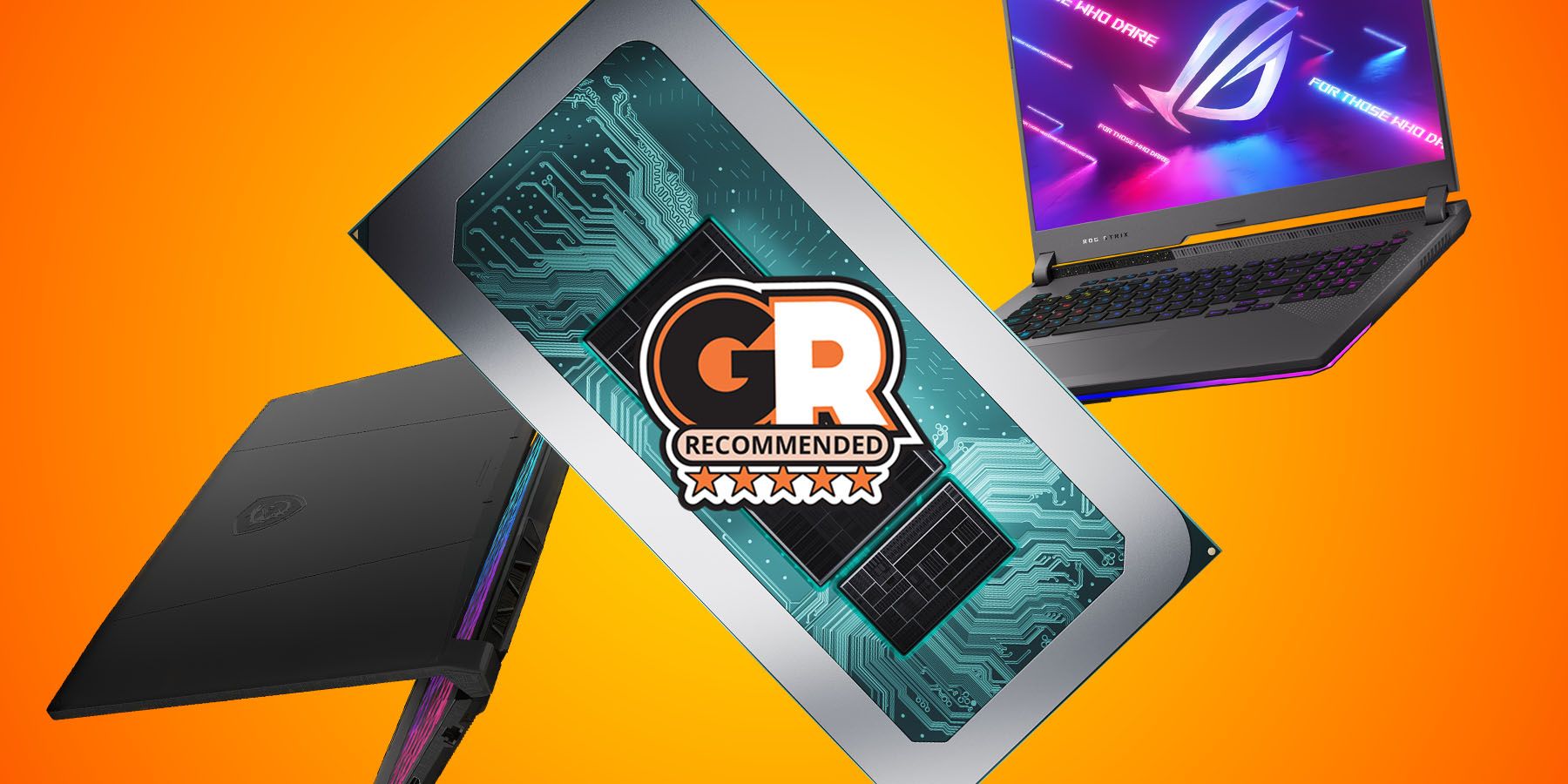
How to Choose A Laptop with The Best CPU in 2024
A step by step guide on how to find a laptop with the best CPU for any user's needs.
FAQ
Q: What is the fastest GPU I can currently purchase for Ray Tracing?
The Nvidia RTX 4090 is the fastest consumer-grade GPU for rasterization and ray tracing in games and other applications.
Q: What is the Nvidia RTX Equivalent to the RX 7900XTX currently?
The AMD RX 7900XTX trades blows with the RTX 4080 SUPER which also sees a price cut compared to its predecessor. It offers more memory and similar rasterization performance versus the latter which delivers better Ray Tracing performance and faster GDDR6X memory to push for gains in most titles.

